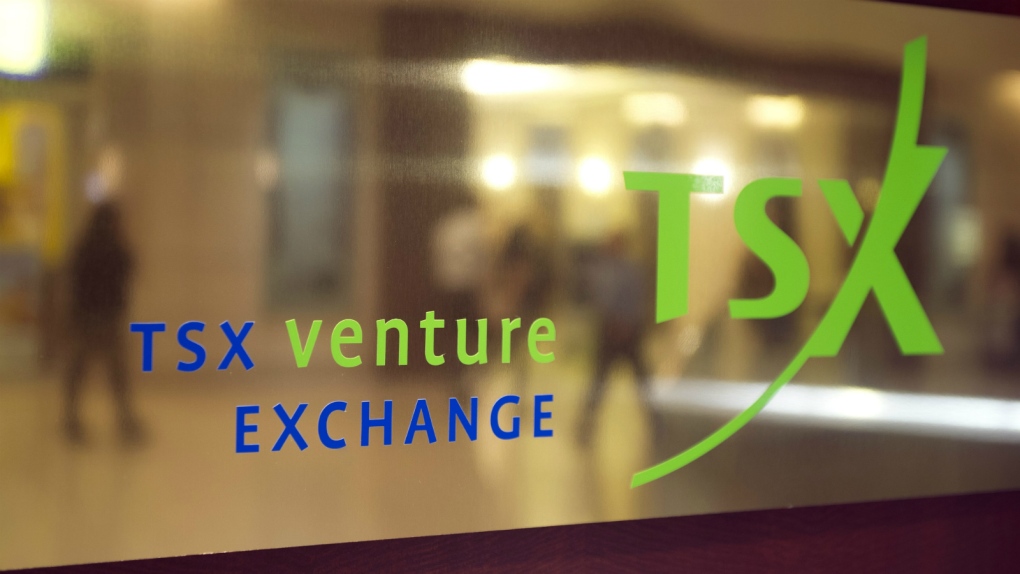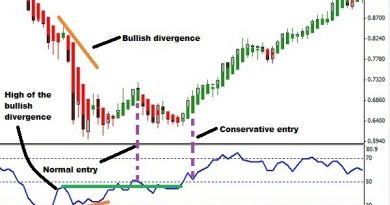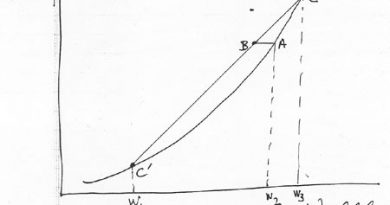TSX Venture Exchange What it is How it Works

Contents
TSX Venture Exchange: What it is, How it Works
What Is TSX Venture Exchange?
The TSX Venture Exchange, formerly known as the Canadian Venture Exchange (CDNX), is a stock exchange in Calgary, Alberta, Canada. It was formed through a merger of the Vancouver and Alberta stock exchanges. The TSX Venture Exchange also has offices in Toronto, Vancouver, and Montreal.
Key Takeaways
- The TSX Venture Exchange is a stock exchange in Calgary, Alberta, Canada.
- The TSX Venture Exchange or TSXV mainly lists small-cap Canadian stocks, with over 1,600 companies listed.
- U.S. investors may be able to buy stocks on the TSXV directly through their broker or as American Depository Receipts on U.S. exchanges.
Understanding TSX Venture Exchange
The Canadian Venture Exchange started on Nov. 29, 1999, as a result of an agreement among the Vancouver, Alberta, Toronto, and Montreal exchanges to restructure the Canadian capital markets.
The CDNX focused on smaller companies that were too small to be listed on the Toronto Stock Exchange. It included resource exploration companies as well as new high-technology ventures. The CDNX had its headquarters in Calgary, Alberta, and operations headquarters in Vancouver, British Columbia, with additional offices in Toronto and Montreal. The Winnipeg Stock Exchange and the small-cap portion of the equities market of the Bourse de Montréal were also later merged into the CDNX.
The TSX Venture Exchange aims to provide venture companies with access to capital while protecting investors. It primarily lists small-cap Canadian stocks. It is a wholly-owned subsidiary of the TMX Group, operating similarly to the Canadian Depository for Securities Limited clearinghouse.
There are approximately 1,700 companies listed on the TSX Venture Exchange, with nearly 400 included in the S&P/TSX Venture Composite Index. The majority of these companies are mining (53%) and traditional energy (15%) companies, with a significant presence in British Columbia, Alberta, and Ontario.
The TSX Venture Exchange has a total market capitalization of over CAD $78.3 billion for all listed companies. Market capitalization is calculated by multiplying the number of outstanding shares by the current stock price. The median market cap for companies listed on the TSXV was CAD $11.5 million in 2022.
TSX Venture 50
The most popular stocks on the TSX Venture Exchange are grouped into an index known as the TSX Venture 50.
The requirements for consideration in the TSX Venture 50 are:
- A market cap of over C$5 million
- A closing share price greater than C$0.25 on Dec. 31 of the previous year
- Listing for more than one year
- A share price of at least C$0.10 at the close of the previous year
The TSX Venture 50 consists of companies from five industries:
- Clean Technology and Life Sciences
- Diversified Industries
- Technology
- Energy
- Mining
Examples of companies that made the TSX Venture 50 in 2019 include:
- Aleafia Health Inc. of British Columbia, with a market cap increase of 760%, a trading volume of over 300 million, and a share price appreciation of 107%.
- Kraken Robotics Inc., a technology company from British Columbia, with a market cap increase of 218%, a trading volume of 51 million, and a share price appreciation of 111%.
- CGX Energy Inc. of Ontario, with a market cap increase of 168%, a trading volume of 11 million, and a share price appreciation of 155%.
Investing in TSX Venture Exchange
American investors have two main avenues for investing in TSX Venture Exchange listed companies:
- Investors in the U.S. can buy stocks listed on the TSX-V through their brokerage accounts if their brokers allow trading on foreign stock exchanges.
- Some companies are dual-listed on the TSX-V and in the U.S. as American Depository Receipts (ADRs). U.S. investors can buy these stocks on U.S. exchanges. However, ADR investments may have lower liquidity, making it difficult to enter or exit trades quickly due to limited buyers and sellers in the market.



